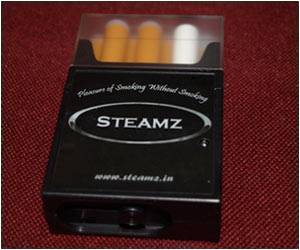
This new material could be integrated into computers, handheld devices, electric vehicles and wind turbines to store energy. The researchers said, "This material outperforms commercially available carbon, graphene and carbon nanotubes and may someday be used to coat the electrodes of super-capacitors, electrochemical components that can store extremely large amounts of electrical energy."
Study co-author Jongheop Yi, professor at Seoul National University, said, "Our study has shown that used cigarette filters can be transformed into a high performing carbon-based material using a simple one step process, which simultaneously offers a green solution for meeting the energy demands of society. Numerous countries are developing strict regulations to avoid the trillions of toxic and non-biodegradable used cigarette filters that are disposed of into the environment each year. Our method is just one way of achieving this."
The findings appear in Nanotechnology.
Source-Medindia













